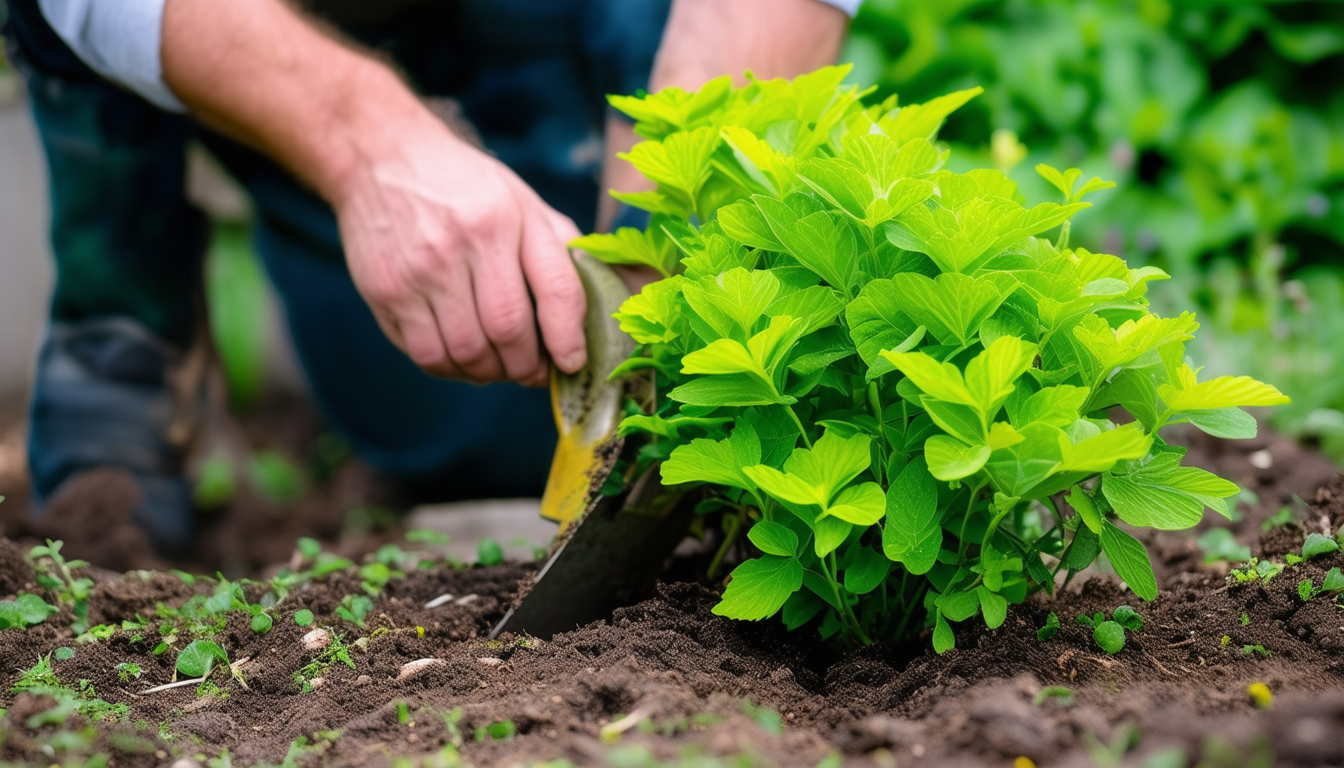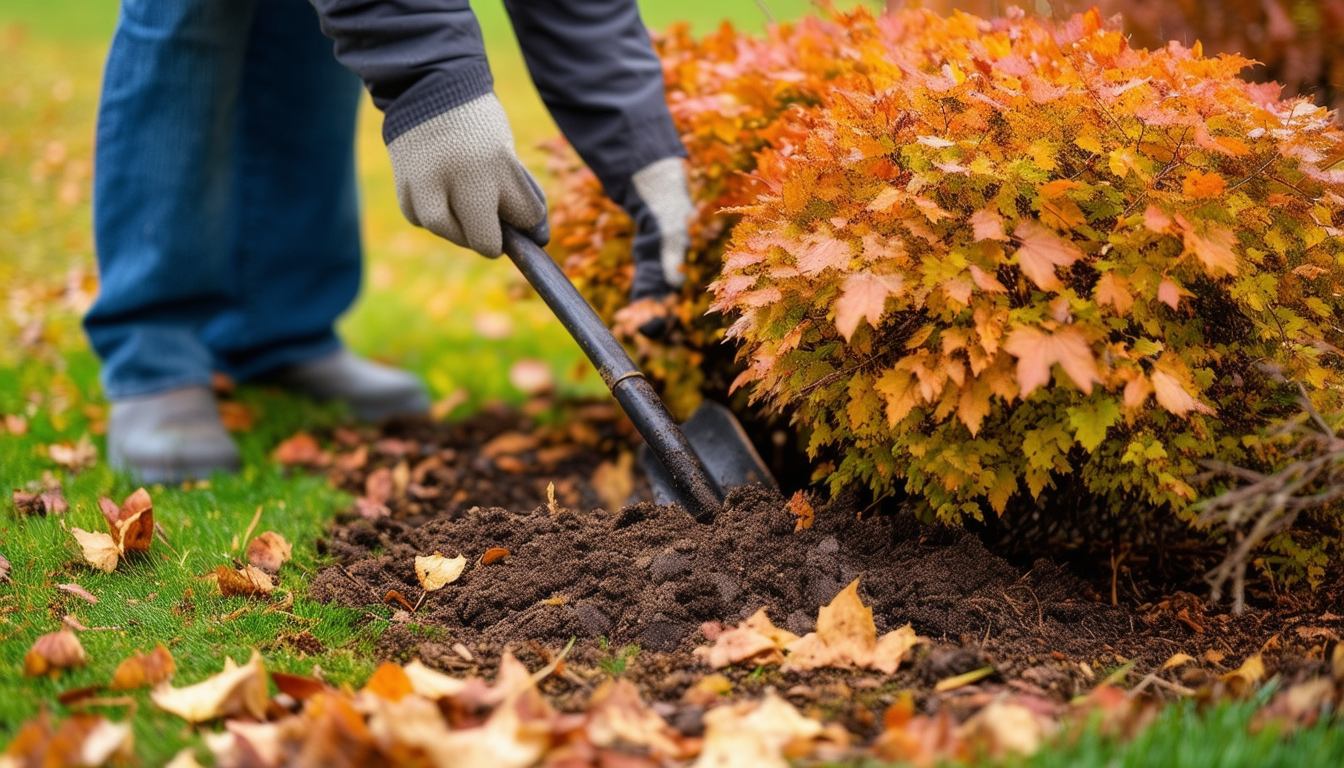
Transplanting deciduous shrubs at the right time can make a significant difference in their growth and vitality.
Understanding the Importance of Timing in Transplanting Shrubs
Timing is crucial when it comes to transplanting deciduous shrubs. Moving a shrub at the wrong time can stress the plant, reduce its chances of survival, and negatively impact its growth. By understanding the life cycle of your shrub and the best times to move it, you can ensure a smoother transition and healthier growth.
Deciduous shrubs go through periods of dormancy and active growth. Transplanting during dormancy, when the shrub is not actively growing, minimizes shock and allows the plant to establish its roots in its new location before the next growing season.
Ideal times for Transplanting Deciduous Shrubs
The best times to transplant deciduous shrubs are during their dormant periods, typically in late fall after leaf drop or in early spring before new growth begins. During these times, the shrub's energy is focused on root development rather than foliage, making it easier for the plant to acclimate to its new environment.
Avoid transplanting during the hot summer months, as the heat can cause additional stress and hinder the shrub's ability to establish itself. Similarly, transplanting during the peak growing season can disrupt the plant's growth cycle and reduce its chances of survival.
Preparing the Shrub and Soil for Transplanting
Proper preparation is key to successful transplanting. Start by thoroughly watering the shrub a day or two before you plan to move it. This helps ensure the root ball stays intact and reduces transplant shock.
Next, prepare the new planting site. Dig a hole that is twice as wide and just as deep as the shrub's root ball. Amend the soil with organic matter to improve drainage and provide nutrients. Having the new site ready before you dig up the shrub minimizes the time the roots are exposed to the air.
Step-by-Step Guide to Transplanting Deciduous Shrubs
Begin by pruning the shrub to reduce its size and make it easier to handle. Remove any dead or diseased branches.
Carefully dig around the shrub, starting at the drip line and working your way inward. Try to keep as much of the root ball intact as possible. Once the shrub is free, lift it out of the ground and place it in the new hole.
Position the shrub in the new hole so that it sits at the same depth as it was in its original location. Backfill the hole with the amended soil, firming it gently around the roots to eliminate air pockets. Water the shrub thoroughly to settle the soil and hydrate the roots.
Post-Transplant Care Tips for Healthy Shrub Growth
Watering: Consistent watering is crucial during the first few weeks after transplanting. Keep the soil evenly moist but avoid waterlogging, which can lead to root rot. Mulch around the base of the shrub to conserve moisture and regulate soil temperature.
Monitor the shrub for signs of stress, such as wilting or yellowing leaves, and adjust care as needed. Fertilize sparingly during the first year, as over-fertilizing can stress the shrub. Gradually reduce watering as the shrub establishes itself and begins to show new growth.
Comprehensive list of Shrubs that can be moved
Many deciduous shrubs can be successfully transplanted, including popular varieties like hydrangeas, lilacs, and azaleas. Other shrubs that adapt well to being moved include forsythia, viburnum, and spirea.
Before transplanting, research the specific needs and characteristics of your shrub to ensure it will thrive in its new location. Some shrubs may have particular soil or light preferences that need to be considered during the transplant process.



